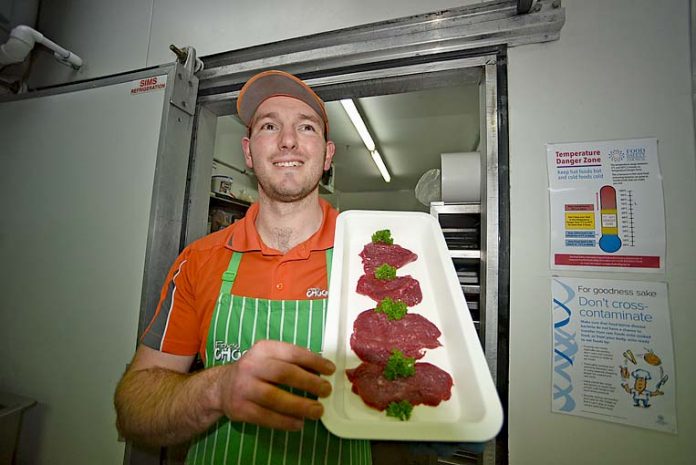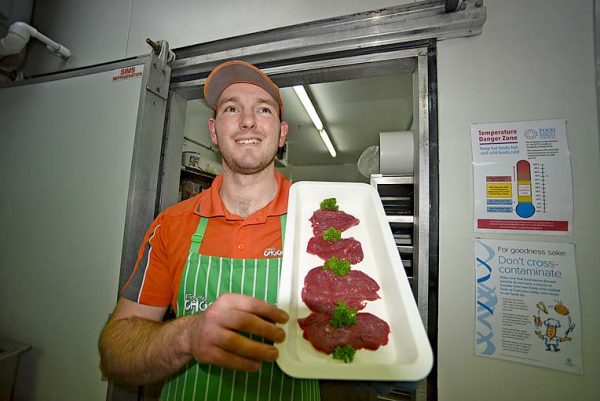

THE Limestone Coast could become home to a “fully fledged” kangaroo processing industry if new harvesting zones are rolled out across the region.
The lower and upper South East have been mooted to become new harvest sub-regions, which would allow commercial shooting of the eastern grey kangaroo and red-neck wallaby.
Department for Environment and Water is proposing the expansion of the harvesting zones amid reports of rising numbers.
If the plan receives the green light from the State Government, harvesting will legally get under way across the region in January.
The Department for Environment and Water wildlife program manager Anthony Freebairn who spoke at Grant District Council this week – said field processors from other parts of the state would likely move into the Lower South East.
“We have seen a decline in the commercial harvest from further north of the state due to the poor condition of the animal,” Mr Freebairn said.
He said the department had received feedback from field and meat processors that needed continuity of supply given the dry areas in northern districts.
“We also have had a certain amount of interest from shooters locally as well as from Victoria,” Mr Freebairn said.
“In the longer term, we would like to see some local field processors establish in the region to support land managers in this area.”
But he said the success of any commercial plan was ensuring there were groups of landholders involved.
Mr Freebairn said “anecdotally” kangaroo numbers were increasing.
“We are trying to give land managers more options for managing kangaroos and give the industry greater flexibility to actually harvest where kangaroo numbers are most prevalent,” Mr Freebairn said.
The state is home to 13 harvest sub regions and the quota is set up to 20pc of the estimated population.
But Mr Freebairn said a commercial zone alone would not resolve kangaroo issues for the community, but was one management tool.
He said around 110,000 kangaroos annually had been taken across the harvesting zones.
While landholders could currently receive a permit to shoot kangaroos, he said the carcasses were being left to rot in paddocks.
“What we want to do is to allow these kangaroos to go into the commercial industry and hopefully end up on somebody’s table as a steak, sausage or rissole.”
He said the department was focused on establishing a “sustainable harvest” to ensure the animal’s conservation status was not compromised.
Under the plan, landholders can gain a class 13 licence to harvest kangaroos just on their properties or a class 14 licence that allows a field processor to harvest across multiple properties.
Importantly, he said these operators would need approval of landholders.
“Field processors need to get signed permission slips – it does not allow them to go where ever they like,” the department spokesperson said.
Kangaroos are then stored in a mobile or fixed chiller.
“The industry predominately uses fixed chillers. When there are 200 kangaroos, a meat processor will come and pick them up.
”
Four kangaroo meat processors operate in South Australia.
He said there was an opportunity for council to place a chiller box on its land to provide central infrastructure for the processor sector.
The department has yet to finalise estimated populations snapshots for the region.
The proposal has been released for community feedback, which closes on Friday, September 6.
Moreover, the plan also needs to be rubber-stamped by the Federal Government given kangaroo meat export regulations.





